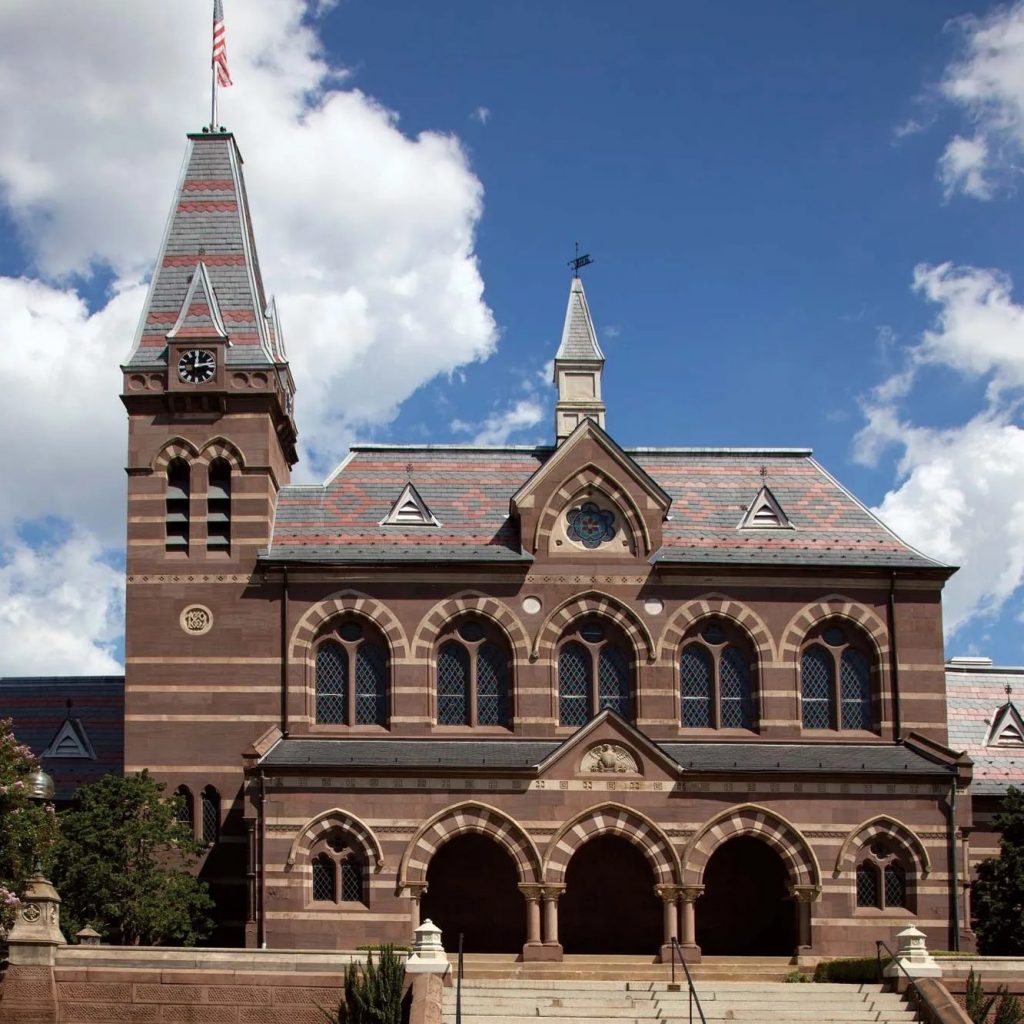Deaf schools, which provide specialized educational environments for deaf and hard-of-hearing students, are funded through a variety of sources. These sources include state and federal funding, as well as private donations and charitable organizations.

Public Funding
State Funds
State tax revenues are a primary source of funding for public schools, including those serving deaf students. States may allocate specific funds for special education, which can then be used to support deaf schools and programs.
Federal Funds
The federal government also provides funding for special education through programs like the Individuals with Disabilities Education Act (IDEA). IDEA ensures that children with disabilities receive a free and appropriate public education. These funds are distributed to state and local educational agencies (LEAs), which can then use them to support deaf schools and programs.
Private Funding
Donations and Grants
Deaf schools often rely on private donations and grants from individuals, foundations, and corporations. These funds can be used to support a variety of programs and services, such as scholarships, assistive technology, and extracurricular activities.
Charitable Organizations
Many charitable organizations focus on supporting individuals with hearing loss and deaf education. These organizations may provide funding to deaf schools through grants, sponsorships, or fundraising events. Examples of such organizations include the Alexander Graham Bell Association for the Deaf, Miracle-Ear Children’s Foundation, and Sertoma & Hearing Charities of America.
Civic Organizations: Local civic organizations such as Kiwanis, Lions Clubs, and Rotary Clubs may provide donations or reconditioned hearing aids to deaf schools and students in need.
Additional Funding Resources
- Medicaid: NC Medicaid grant programs may provide additional funding opportunities for deaf and hard-of-hearing services.
- Hearing Aid Loaner Banks: These programs provide temporary access to hearing aids for children with hearing loss.
- Scholarships: Organizations like the Travelers Protective Association Scholarship Trust for the Deaf and Near-Deaf (TPA) offer financial aid to children and adults with hearing impairments for various needs, including mechanical devices, medical treatment, specialized education, and speech classes.
- UnitedHealthcare Children’s Foundation (UHCCF): This foundation provides medical grants for services and equipment not fully covered by insurance, such as hearing aids for children.
Deaf schools are funded through a combination of public and private sources. Public funding comes from state and federal governments, while private funding includes donations, grants, and support from charitable and civic organizations. These multiple streams of revenue ensure deaf schools can offer specialized programs, resources and services for their students.
Until next time, ta ta! 😄🤟



